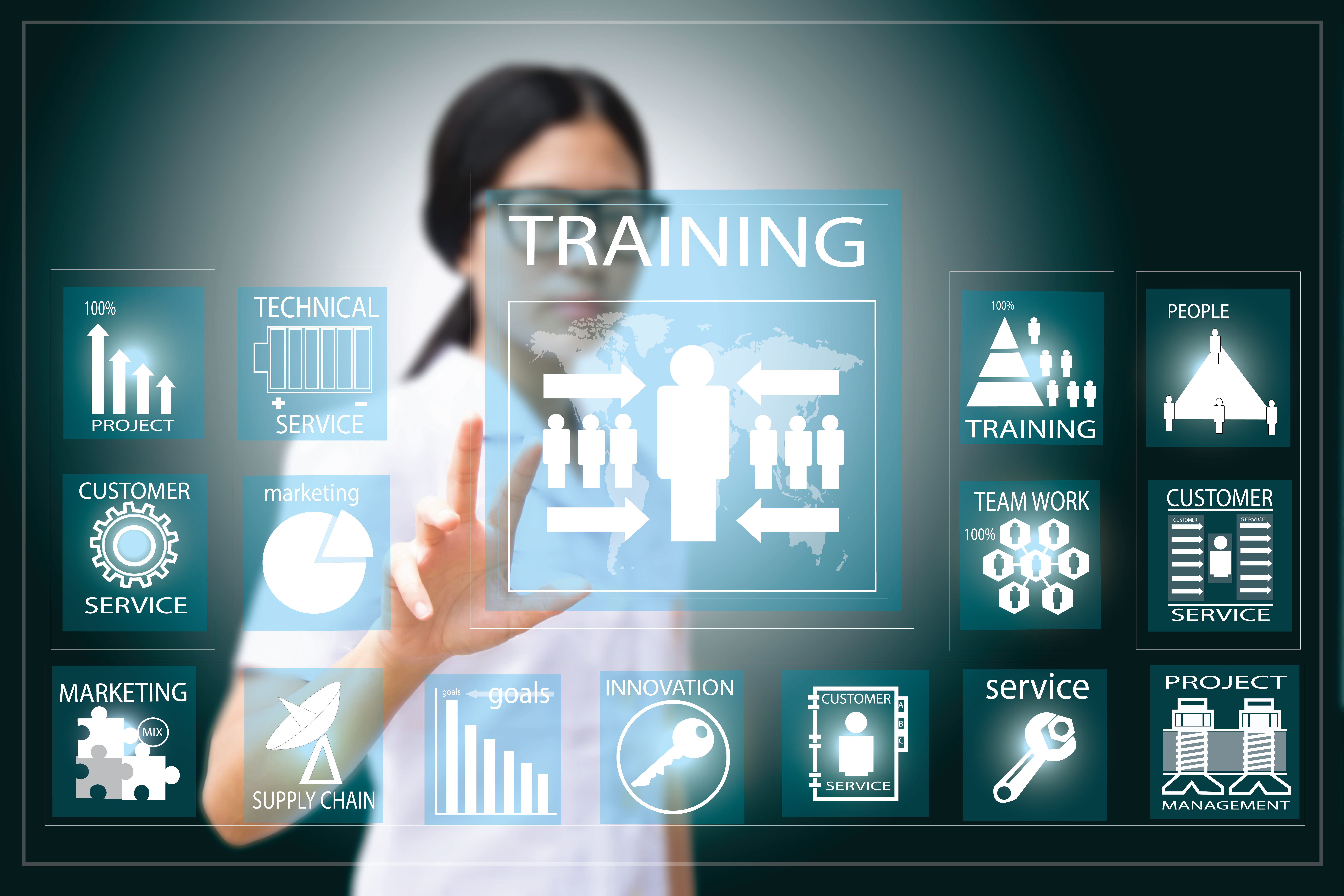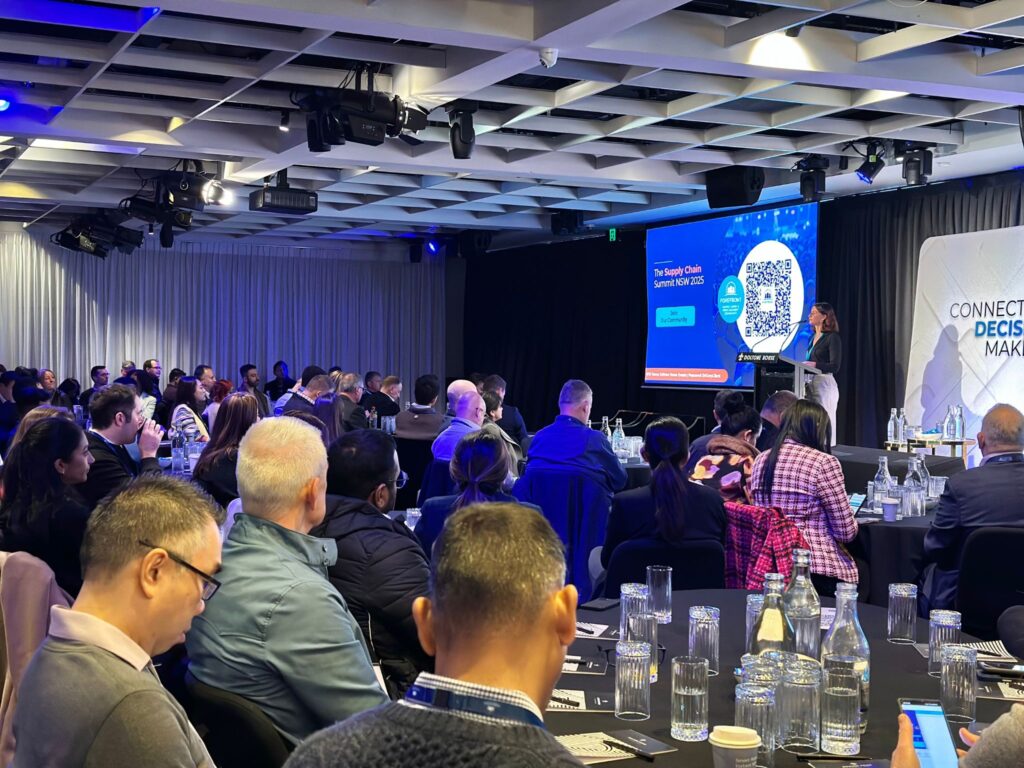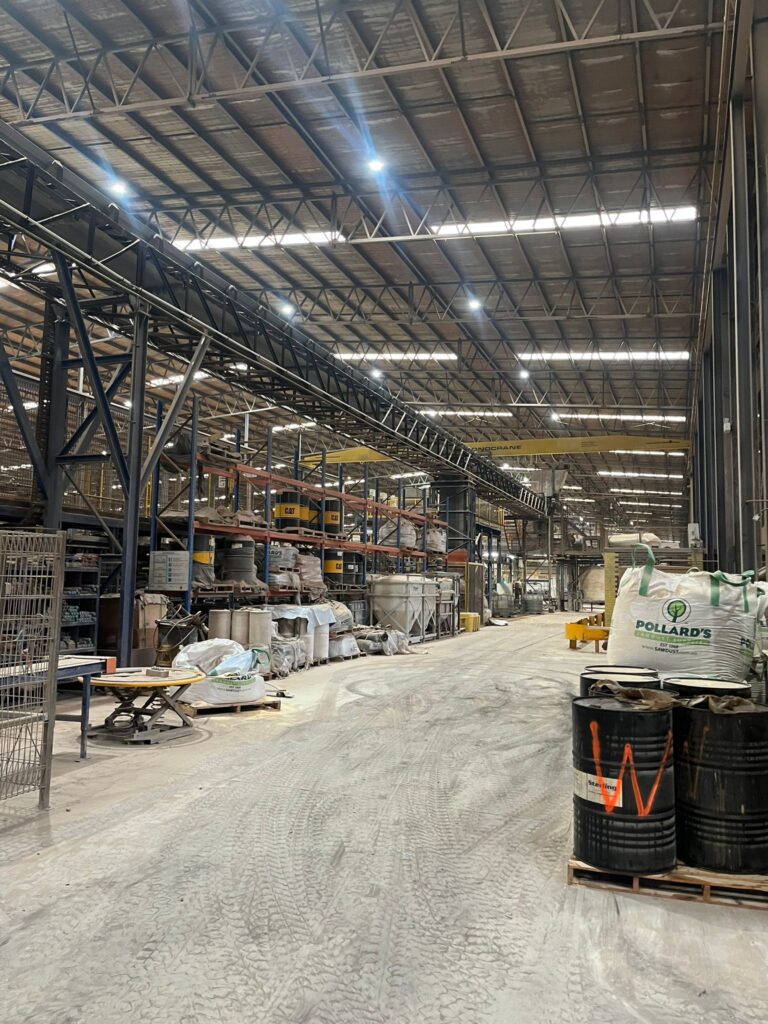Capabilities refer to the skills, knowledge, tools, and resources that enable individuals and teams to achieve their goals. In the context of project management, having the right capabilities can significantly impact project success. In the dynamic landscape of business management and project execution, the ability to adapt, innovate, and execute effectively is paramount. Organizations that invest in building robust capabilities position themselves for sustainable growth and resilience. In this blog, we explore the essential elements of capability building, its impact on transformation, and strategies to foster continuous improvement.
Capability building, also known as capability development, is the systematic process of enhancing and expanding the skills, knowledge, and overall abilities of individuals or organizations. It goes beyond traditional training—it’s about fundamentally changing how work gets done. Capability building involves acquiring new skills and competencies relevant to the organization’s goals. Whether it’s technical expertise, leadership skills, or domain-specific knowledge. In addition, existing skills need to be refined and adapted to the new requirements hence upskilling the existing workforce to keep pace with evolving demands is another key building block in capability development. Finally. a culture of continuous learning fosters adaptability and agility. Employees should embrace learning as a lifelong journey, seeking opportunities to grow and evolve.
Capabilities need to be identified and developed in three domains: technical, tools as well as interpersonal (also called soft skills).
Technical skills:
Apart from basic project management skills, employees also need to be proficient in the are of expertise that is relevant to the project in question as well as in the fundamentals of risk management.
Tools and techniques
It is clear that knowledge of project management and collaboration software is a perquisite for project success but also knowledge for data analytics tools and methods is necessary to yield the expected success.
Soft skills
Finally, being able to communicate effectively is crucial for collaboration, stakeholder engagement, and conflict resolution as well as leadership skills and openness to change.
Effective capability building is a catalyst for organizational transformation. When employees develop the right mindsets and behaviours, they contribute to positive change at scale. Energizing the Workforce: Engaged and skilled employees are more likely to support transformation initiatives. Their energy fuels the execution engine, making sustained success possible. Improved capabilities directly impact performance metrics. Whether it is operational efficiency, customer satisfaction, or innovation, capable teams drive value.
Key steps in effective capability building.
Assessment: Understand existing capabilities and identify gaps. Assess both hard skills (technical expertise) and soft skills (communication, leadership, etc.).
Customization: Tailor capability-building programs to specific roles, functions, and organizational needs. One size does not fit all.
Leadership Commitment: Leaders must champion capability building. Their buy-in and active participation set the tone for the entire organization.
Capability building isn’t a one-time event; it’s an ongoing journey. By investing in the growth and development of their people, organizations create a resilient foundation for success. So, let’s embrace capability building as a strategic imperative—one that propels us toward excellence in project execution and beyond.
Sources:
Better transformations through capability building | McKinsey1
Capability Building: Definition, Benefits and Strategies to Build your Program2
The Next Normal: The future of capability building – McKinsey & Company3







